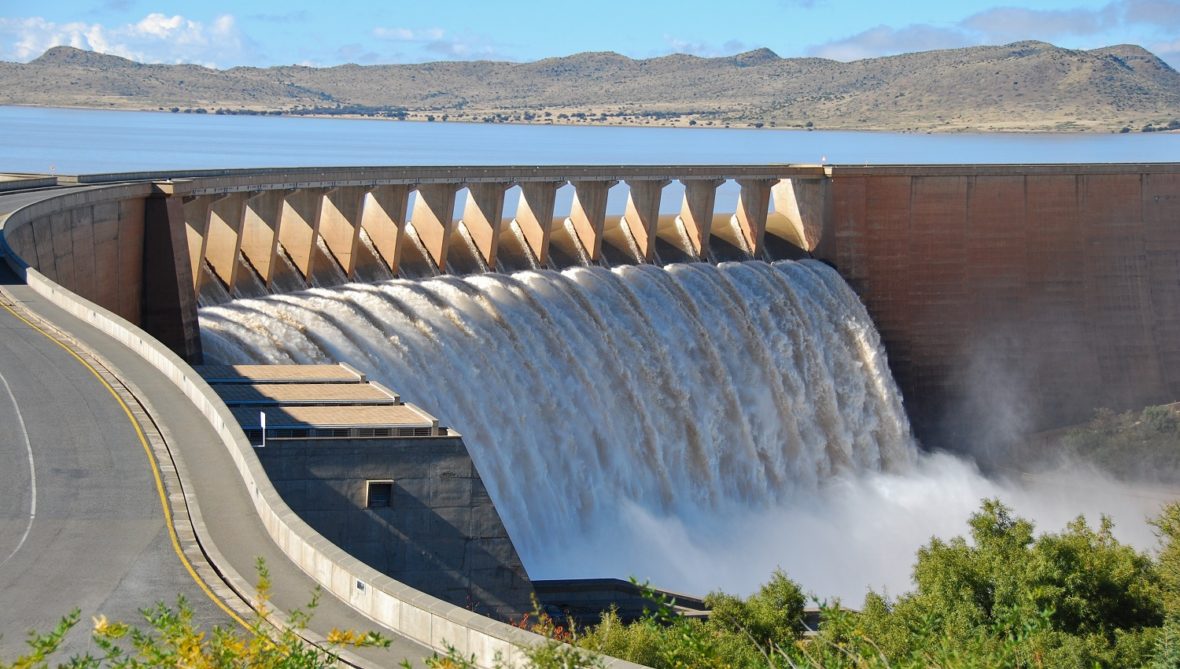
Dams – Salvation or Threat?
Listen to article:
First dam in the history of humankind
The history of dams is almost as long as humankind. The world’s first dam was spotted in 3000 BC in former Mesopotamia, today well known as Jordan. The Jawa Dam encompassed more than 31 000 cubic meters of water and served not only as a water reservoir but also for irrigation. Compared to subsequent ancient dams, the JAWA DAM was claimed as an architectural masterpiece mainly because of the enhanced safety for the particular population. Reinforcement with rock fill behind the upstream wall was an incredibly innovative way how to diminish the possible risk of disaster. Unfortunately, this important feature of safety was forgotten for centuries until the new modern era.
Dam development era
In more than 5 000 years of dam construction, the engineering developed immensely. Egyptians, Asians, Romans, French or British, all cultures took part in the dam evolution process. Moreover, dam functions expanded, by starting to serve as electricity generators or protection against flooding. However, the biggest contribution was added in the last 100 years, mostly focused on enhancing the safety of surrounding areas. As always, it had to be preceded by catastrophic disasters.
In 1874, Mill River Dam in Massachusetts failed and killed 138 people, including 43 children under 10. 15 years later, more than 2200 people from Johnstown, Pennsylvania, perished in the failure of the South Fork Dam. The failure of St. Francis Dam in 1928 marked a milestone in the history of dam safety legislation. The dam safety laws were adopted by the state of California and its surroundings, but unfortunately, most US states hesitated until 1970, after more than 5 dam failings occurred, causing terrific consequences.
Are US dams safe now?
Nowadays, the United States of America encompasses over 91 575 dams, however, over 65% are privately owned. Based on the National Inventory of Dams, the average age is highly elevated, reaching 61 years. Unfortunately, 76 % of them represent potential threats. Only between 2005 – 2013, state dam safety programs reported 173 dam failures and 587 incidents, which would likely have resulted in dam failure, if not an intervention. In the last decade, almost 40 % of US dam incidents were caused by overtopping, driven by flooding or hydrology. To enforce safety for surrounding communities, over 900 dams were removed since 1990. Safety programs were adopted in 49 out of 50 states, except the state of Alabama. All these states accepted Emergency Action Plans to minimize negative effects in case of disaster. The early warning of surrounding communities in case of an emergency is the most important to do to save lives and minimize the consequences.
Telegrafia’s emergency response in case of dam failure
Telegrafia’s solution for dam safety consists of 3 types of sensor devices, monitoring the water levels or pressure and indicating any damage. The control center automatically activates notification or warning when monitored values exceed the limit. Last but not least component is our masterpiece, the electronic siren Pavian 4th generation, producing high acoustic pressure over a great distance and broadcasting live voice messages with the highest intelligibility possible. Equipped with advanced auto-diagnostic functions is fully operable in extreme conditions as well as while power loss.
The importance of dams is not going to diminish in the future. On the contrary, increasing demand for water and power will underline their significant impact on modern-day life. Regarding the historical evidence, dam engineering will must go hand in hand with safety requirements and emergency preparedness should be an essential feature for every single dam in the world.

The article was written by
Dominika Pavlíková
Dominika is an international business manager responsible for the US and Canadian markets. She is a woman full of energy that she needs to invest into meaningful things. That’s how she fell in love with the mass notification industry. Dominika is also passionate about learning and continuous development. She loves people, books, art, history and new challenges, which makes her feel more alive.
